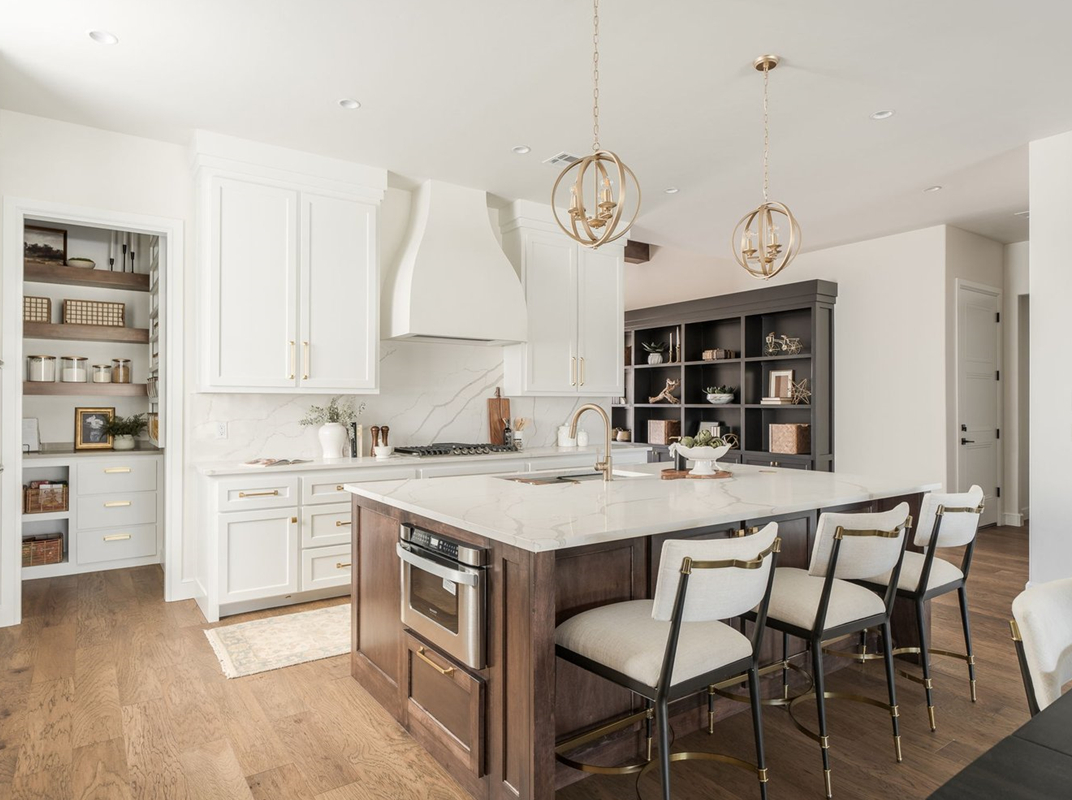One of the key aspects of functional space organization is maximizing the use of available space. This involves careful planning and consideration of how each area will be utilized. Begin by assessing the primary functions of each room and identifying the necessary elements that will support those functions. For instance, in a living room, consider how furniture placement can facilitate conversation, entertainment, and relaxation. Choosing multi-functional furniture, such as ottomans with storage or extendable dining tables, can help make the most of limited space while ensuring that the room remains inviting and functional.
Another important factor is creating clear pathways within the space. Effective circulation is crucial for maintaining an organized environment. Ensure that furniture is arranged to allow for easy movement throughout the room. Avoid overcrowding areas with too many pieces, as this can make the space feel cramped and chaotic. Instead, aim for a balance that promotes both comfort and accessibility. This approach not only enhances usability but also contributes to a more aesthetically pleasing environment.
Incorporating storage solutions is another vital element of functional space organization. Clutter can quickly diminish the functionality of any space, so it is essential to have designated areas for items that are frequently used. Use shelves, cabinets, and organizers to keep belongings tidy and easily accessible. Vertical storage options can be particularly effective in smaller spaces, as they draw the eye upward and create the illusion of a larger area. When everything has a designated spot, it becomes easier to maintain an organized and efficient environment.

Moreover, consider the importance of personalization in your organizational strategy. While functionality is crucial, it is equally important to create a space that reflects your style and personality. Incorporate decorative elements, such as artwork or plants, to add character to the organization. This blend of functionality and aesthetics can make a significant difference in how you interact with your living space, fostering a sense of belonging and comfort.
Lastly, regularly reassessing and adjusting your organizational strategies is essential for maintaining a functional space. As your needs change, so too should your approach to organization. Periodically evaluate what works and what does not, and be open to making changes. This flexibility will ensure that your space remains functional and aligned with your lifestyle.
Incorporating these principles of functional space organization can lead to a more efficient and enjoyable living environment. By maximizing space, creating clear pathways, utilizing storage solutions, personalizing your space, and remaining adaptable, you can transform any area into a well-organized haven that enhances both productivity and comfort. Embracing these strategies will empower you to create a home that truly meets your needs and reflects your unique style.

